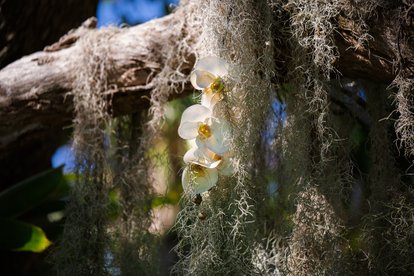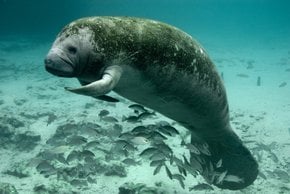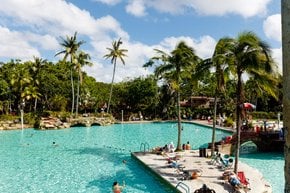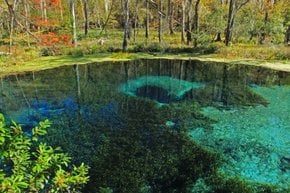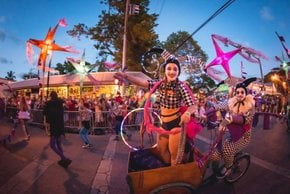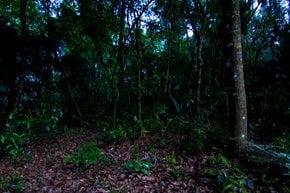The Kampong in Miami 2025-2026
The only tropical monsoon garden in a major US city
Best time: September–June
The Kampong is situated on Biscayne Bay in historic Coconut Grove, the oldest neighbourhood in Miami. This fantastic tropical garden offers an array of tropical fruit and flowering trees—mangos, avocados, bananas, carambola (starfruit) and other exotic flora. Kampong is a Malay and Javanese word for village.
The Kampong used to belong to Dr. David Fairchild, a famous botanical explorer. He has travelled across Southeast Asia and other tropical regions, collecting different exotic plants. In the 19th–20th centuries Fairchild introduced more than 200,000 varieties of them to the United States. The Kampong Planting Heritage collections also include plants from Central and South Americas, the Caribbean, and other tropical zones.
Don't miss exotic fruit such as candle fruit, peanut butter fruit, egg fruit, cocoplums, and over 50 varieties of mango. There are also numerous species of palms and cycads. Universities and colleges use The Kampong as a living classroom for botany and horticulture courses.
Guided tours of The Kampong are offered seasonally, September through June.



